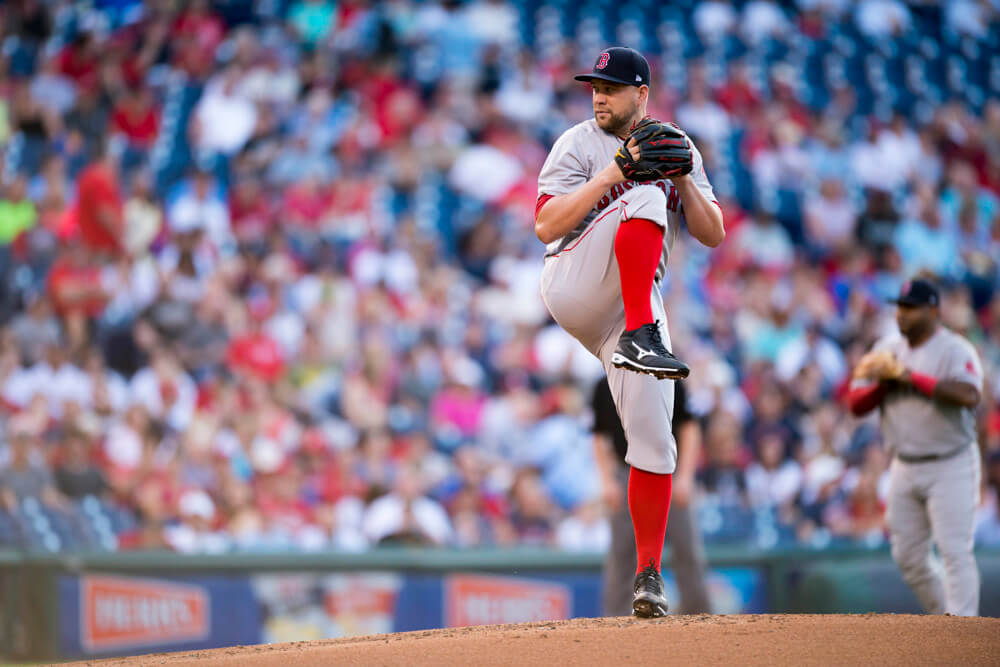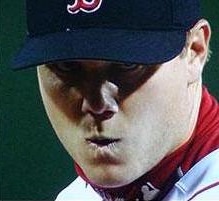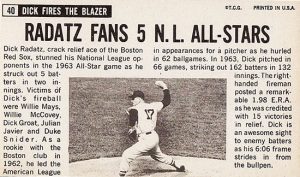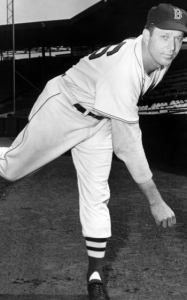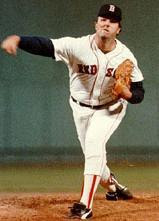Despite Drew Pomeranz struggles this season, Alex Cora said he would remain in the starting rotation. Following the acquisition of right-hander Nathan Eovaldi from Tampa Bay, this presumably leaves Brian Johnson without a spot in the rotation. If the Red Sox follow through with those plans, they will be making a serious mistake.
Minor League Career
Brian Johnson came through the system as a starting pitcher following a two-way career in college. He made 103 appearances during his minor league career, all starts. Not once, ever, did he pitch out of the bullpen during his professional career until this season. He made one start for the Red Sox in 2015 and five starts in 2017 in addition to his 103 minor league starts.
During Johnson’s time in the minor leagues, he won 32 games against 26 losses. More importantly, he pitched to a stellar 2.69 ERA and 1.13 WHIP. Opponents batted just .216 against Johnson. This wasn’t just beating up on the low minors, as Johnson was 10-2 with a 1.75 ERA in AA Portland. In AAA, Johnson still posted a very good 3.18 ERA. Minor league success does not mean success in the big leagues, but it shows his success as a starting pitcher.

Brian Johnson enjoyed great success as a starting pitcher in the minor leagues.
Headed to the Bullpen
After six seasons of exclusively pitching as a starter, the Red Sox put Johnson in their bullpen to begin the season. This was the right move to make as they didn’t have room in their starting rotation. Johnson was out of minor league options so he had to be on the club or would be open to waivers. The bullpen did not agree with Johnson, however, which really isn’t a surprise. Johnson is not the type of pitcher who typically succeeds in relief; he doesn’t throw hard, he isn’t deceptive, and doesn’t have a funky delivery from the left side. His stuff isn’t going to play up out of the pen.
Johnson made 21 appearances out of the bullpen, totaling 30 innings pitched. His ERA was much too high for a starter, let alone a reliever at 5.10. He was relegated to mop-up roles, and deservedly so. He put lots of men on base, posting a 1.47 WHIP. The only thing he did better as a reliever was striking out a few more batters.
A Spot Opens Up
Brian Johnson got his chance to start again due to injuries in the Red Sox rotation, and he took advantage. Over six starts, Johnson has thrown 30 innings – the exact same amount of innings he has thrown in relief. While working up his arm strength, Johnson has pitched to a 1.80 ERA over his 30 innings starting. His WHIP, although not great, is much lower at 1.33. He sports a 5.10 ERA relieving, but a 1.80 ERA starting, both in 30 innings. The guy is just built to start. I’m not saying he will post a 1.80 ERA for the rest of the season if starting, but he will pitch better there than in relief.
Johnson’s best outing yet was his last one, pitching 5.2 shutout innings against the Twins. The start before he allowed two runs, but neither was earned over five innings. He’s getting stronger the more they stretch his arm out.

Drew Pomeranz
Drew Pomeranz, on the other hand, has an ERA of 6.91 this season as a starter. Why is he pitching again? Yes, he was very good last year, but he has not been the same pitcher. Throwing a fastball in the upper-80’s, it practically screams “hit me” when he misses his spot. Pomeranz only has one outing all year in which he allowed less than three runs. Over his last five starts, Pomeranz is 0-3 with an unsightly 8.57 ERA. Opponents have a slash line of .330/.425/.560/.985 during that time against him. Basically, the average hitter against him is turned into an MVP candidate lately.
Unlike Johnson, Pomeranz has success as a reliever, especially at the Major League level. He didn’t pan out as a starter at first and was moved to the bullpen in 2014. He didn’t have to worry about pitching longer and his stuff played up. In 10 relief appearances that season, Pomeranz had a 1.62 ERA and 1.08 WHIP. The next season, Pomeranz pitched to a 2.61 ERA and 1.07 WHIP in 44 relief appearances. Compare this to his 4.63 ERA and 1.30 WHIP as a starting pitcher that season and it is clear Pomeranz has had much more success in the bullpen, by and large.
Maybe something isn’t right with Pomeranz and he won’t be effective anywhere, but that certainly doesn’t mean the Red Sox should be trotting him back out to the mound every five days to get lit up. Try him in the bullpen, where he has been effective before and see how he does.
It makes no sense to throw a guy pitching well like Johnson back in the bullpen, especially when he has had zero professional success in that role and when Pomeranz is stinking up the mound.
Featured picture from FanRag Sports
